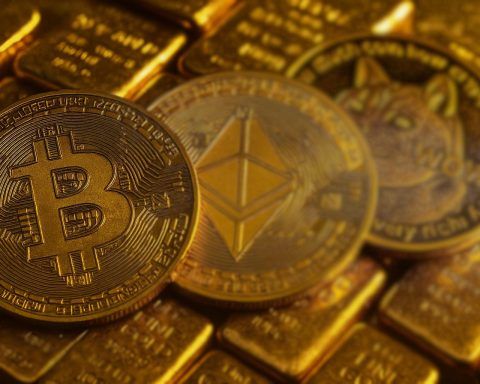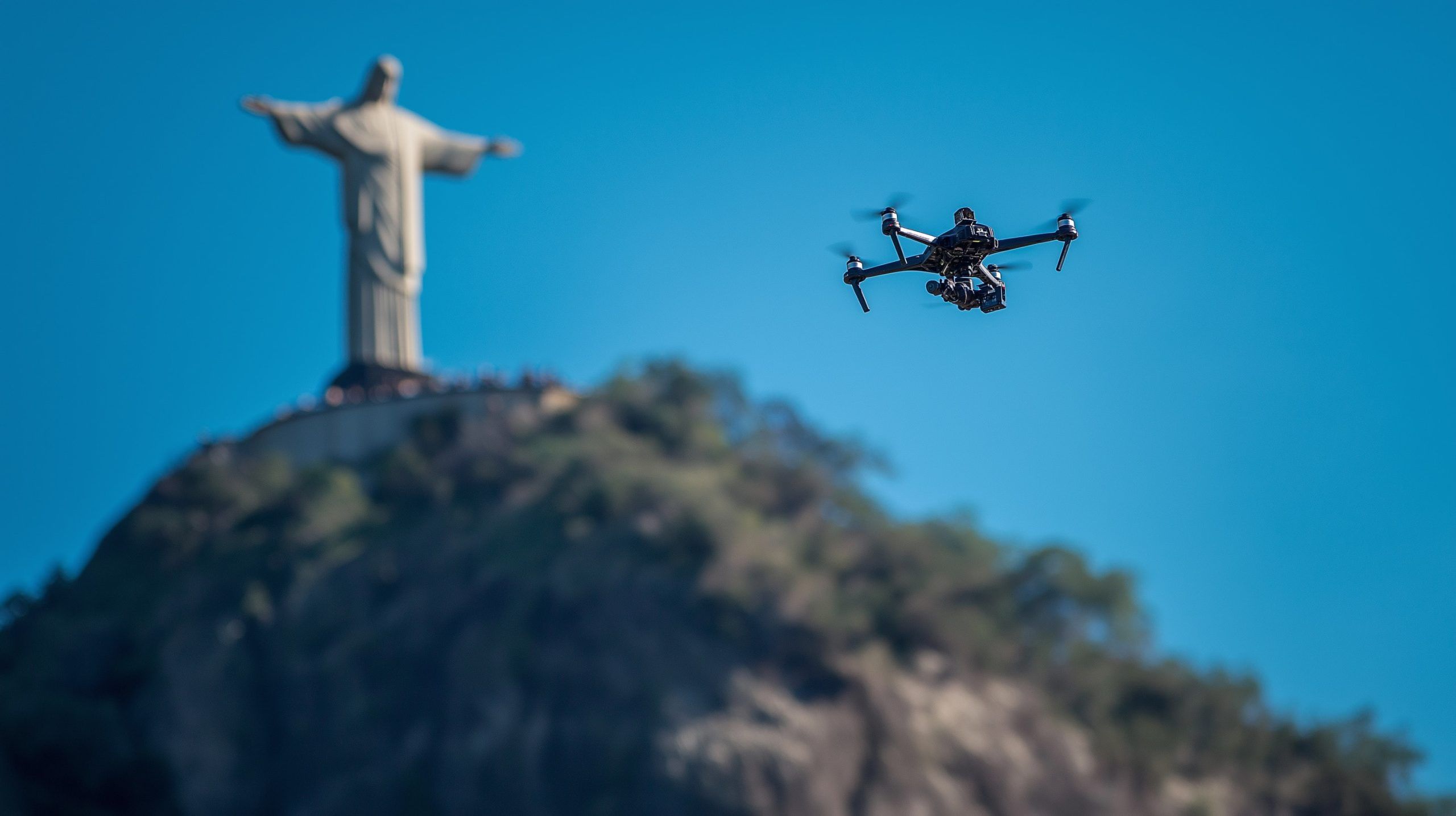
Brazil Targets Crypto: New Tax Plans, Seized Bitcoin Sales and Tough VASP Rules Reshape Digital Asset Market
From cross‑border stablecoin transfers to organized crime crackdowns, Latin America’s biggest economy is rapidly rewriting the rules for crypto. BRASÍLIA / SÃO PAULO – November 20, 2025 Brazil is moving at breakneck speed to pull its booming crypto market into





